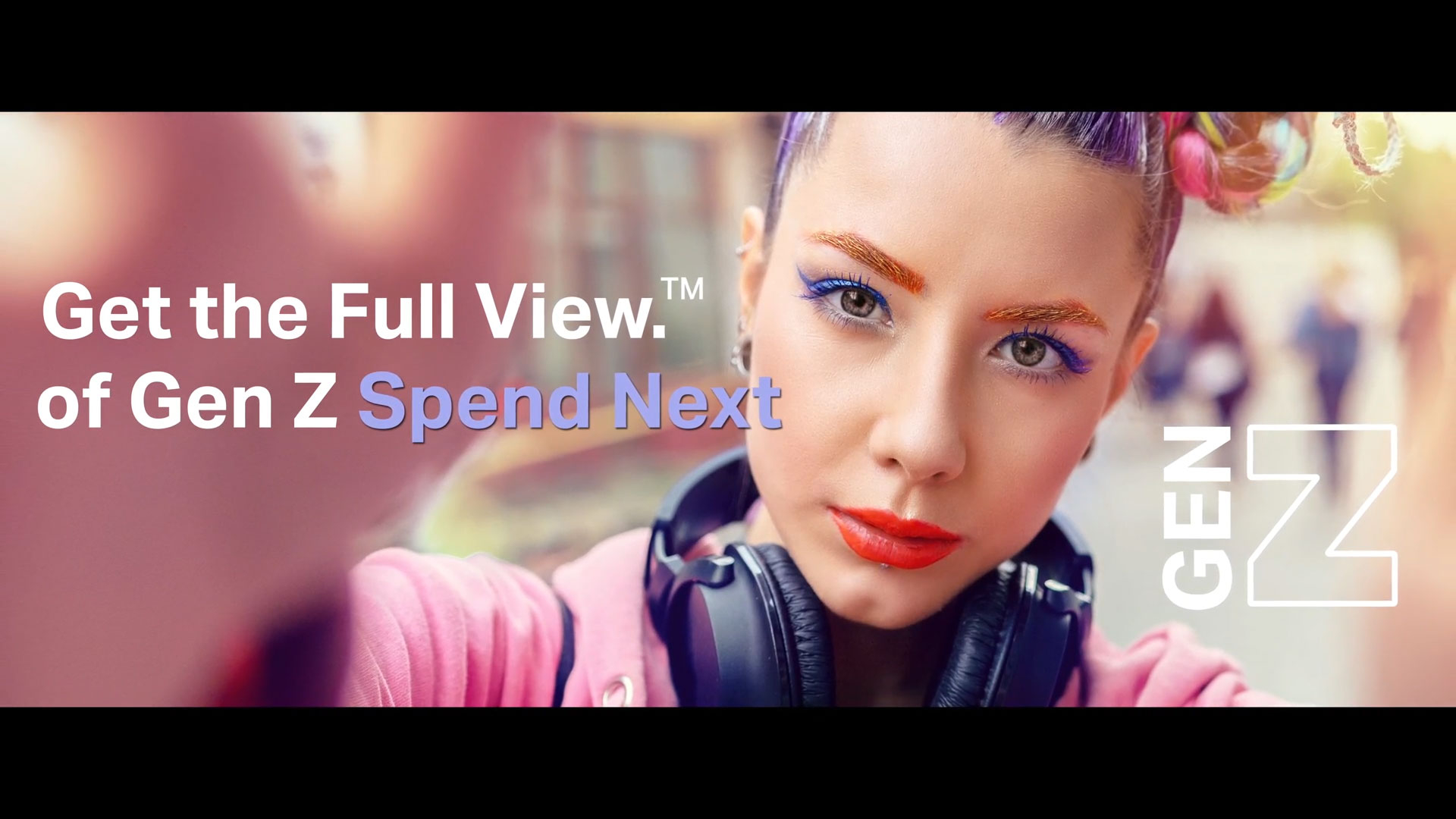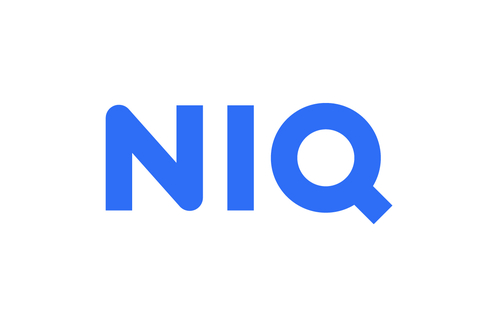CHICAGO--(BUSINESS WIRE)--NielsenIQ (“NIQ”) collaborated with World Data Lab ( WDL) to issue the first of its kind, comprehensive generational spending report purely focused on Gen Z. The research and analysis presented in the “Spend Z” report highlights NIQ’s commitment to delivering actionable market insights.
The report uncovers precisely what companies seeking to secure pathways to growth need to urgently and intimately understand about Gen Z, the largest and first truly global generation ever, including their preferences, spending habits, values, priorities, how and where they shop, what they purchase, and how they influence the purchasing patterns of other generations.
The report found that Gen Z, defined as anyone born between 1997 and 2012, makes up 25% (2 billion) of the world’s population, and their global spending power is projected to grow to $12 Trillion USD by 2030, potentially making them the wealthiest generation in every region of the world. The youngest generation is set to overtake Boomer spending by then. By 2034, Gen Z will add more than $9 trillion dollars in spending globally more than any other generation.
“Gen Z is here, they are ready to spend, and companies need to know how to pivot to serve them. Understanding what makes this generation different is key to unlocking the greater than $12 Trillion USD growth opportunity they represent,” said Tracey Massey, NIQ’s Chief Operating Officer. “Companies are trying to understand the opportunities for growth with Gen Z, and how they are influencing others. “Spend Z” is just one example of how NIQ helps our clients uniquely achieve their ambitions by anticipating and meeting consumer needs.”
Key Gen Z Takeaways:
- They demand authenticity: They are more interested in authentic relationships with influencers and brands. “Being true to yourself” is the number one ranked description of success for Gen Z globally. Belonging and self-esteem are two other top values, along with a strong sense of identity that is linked to social causes and activism.
- Unprecedented foot traffic: Their in-store purchases make up almost 50% of their share of dollars and is higher than every other generation before them, even though Gen Z begins their shopping journey online, ranks online reviews from other shoppers as the most important factor when shopping and is heavily influenced by social media.
- Global purchasing power: Gen Z will become the highest consumer spending class in many regions, and 30% of the global workforce in 2030. North America, Europe and APAC will continue to dominate the majority of spending with APAC becoming increasingly important. They currently have a more significant share of consumption in regions including Sub-Saharan Africa, Middle East & North Africa, and LATAM & Caribbean, where they make up a more substantial portion of the population.
-
Health and wellness matters…to some extent: Overall they are health conscious and sustainability minded. The most dynamic demand growth among the Gen Z consumer class is in the health categories, as well as in alcohol / beverages.
- 81% of TikTok USD sales are expected to come from health and beauty, showing an outsized impact.
- Over 50% of Gen Z has used a fitness or exercise app, and 17% have used a fitness band to track health and fitness information.
-
Technology accelerating behavior:
- Online reviews from other shoppers are paramount when shopping with 53% of Gen Z population likely to make purchases on social media or live stream platforms.
- 26% of Gen Z use their phones while shopping physically in store to make decisions compared to 23% of Gen Y, 18% for Gen X and 12% for Boomers.
With Gen Z prioritizing health and the environment, we also expect NIQ Better For™ - a classification leveraging our proprietary algorithm to identify brands through product characteristics, positioning, sales and distribution - products to continue to grow faster than conventional products. This category includes products that are “better for” the consumer, the environment, and society. Currently, small brands and younger generations drive 62% of the growth in this category.
“Gen Z is the most connected, largest and influential generation yet,” said NIQ Chief Communication Officer Marta Cyhan-Bowles. “Gen Z will have fewer children – later, will have unprecedented spending power, and will continue prioritizing certain categories – like health and wellness – to an extent generations before them have not. Our analysis leaves no doubt: investment in Gen Z today will pay off tomorrow.”
"Gen Z is the largest, the richest, and the most global generation ever” said Wolfgang Fengler, CEO, WDL. “Businesses need to know that Gen Z is 2 billion people strong, and meeting their needs is a must.”
About Spend Z
Spend Z considers Gen Z over the short, mid, and long terms, with generational comparative brand loyalty analyses and a deep dive into what it means for companies in the CPG, tech/durables, and retail industries. The report is mission critical for thought leaders and decision makers looking to steer their companies toward the next frontier of successful growth - while protecting their successful existing businesses. Download a free copy of the report.
About NIQ
NielsenIQ (NIQ) is the world’s leading consumer intelligence company, delivering the most complete understanding of consumer buying behavior and revealing new pathways to growth. NIQ combined with GfK in 2023, bringing together the two industry leaders with unparalleled global reach. Today NIQ has operations in more than 95 countries covering 97% of GDP. With a holistic retail read and the most comprehensive consumer insights—delivered with advanced analytics through state-of-the-art platforms—NIQ delivers the Full View™.
About World Data Lab
World Data Lab (WDL) creates forward looking proprietary data to quantify and forecast consumer trends, consumer spending, demographic shifts and progress towards the SDGs up to 2034. Our advanced data science approach, which has been peer-reviewed and published in Nature, delivers unrivalled accuracy, freshness and consistency across all demographic groups in 180 countries and more than 6,000 cities.
Research methodology
The “Spend Z” report predicted consumer spending by merging household spending data obtained from national statistical agencies with population data from the United Nations and IIASA, incorporating 2,065 surveys covering 160 countries in the NIQ database. Where countries are missing survey data, spending is imputed by identifying characteristics of other countries with similar structures, optimally chosen using statistical techniques. Survey data is adjusted to be consistent with household expenditure provided in each country’s national accounts. Nowcasts and forecasts are based on IMF projections for the medium term and the Shared Socioeconomic Pathways developed for the UNFCCC for the long term. This comprehensive process enables NIQ and WDL to produce detailed and reliable forecasts of consumer behavior across 183 countries from 2016 to 2034, broken down by age, gender, and income class. We further disaggregate total spending into over 100 different product categories using COICOP classifications. Our core methods have been peer reviewed in nature https://www.nature.com/articles/s41599-018-0083-y



